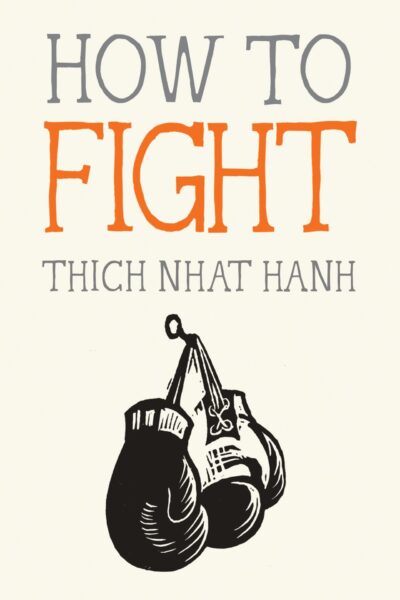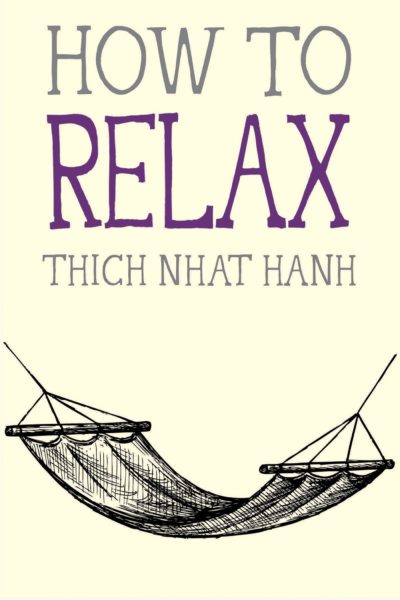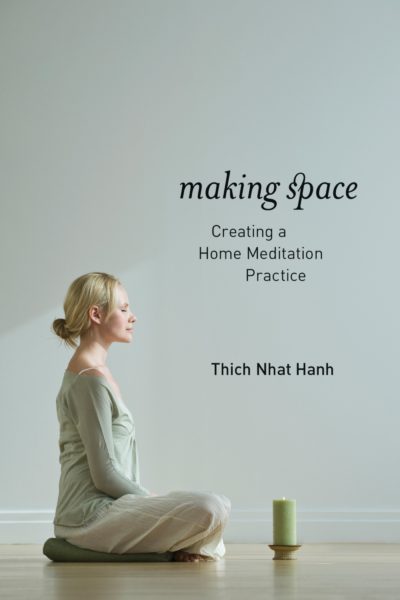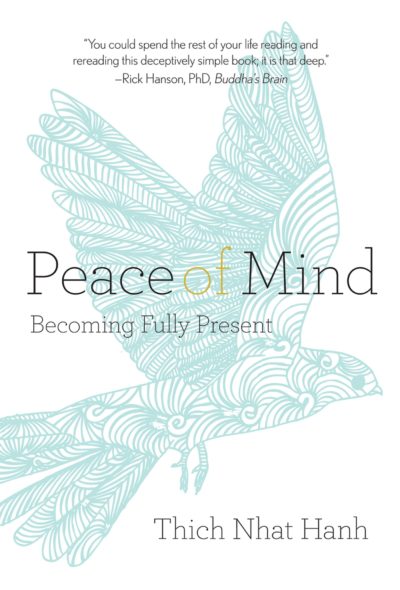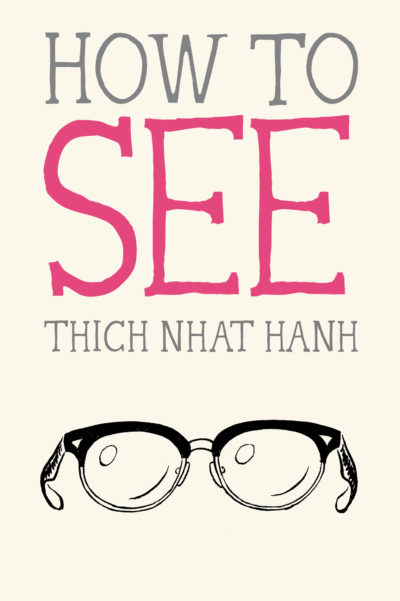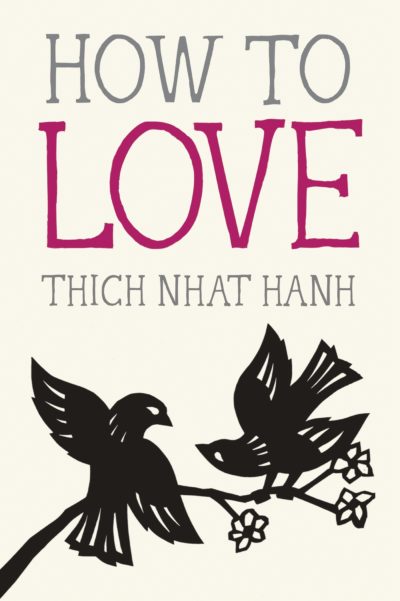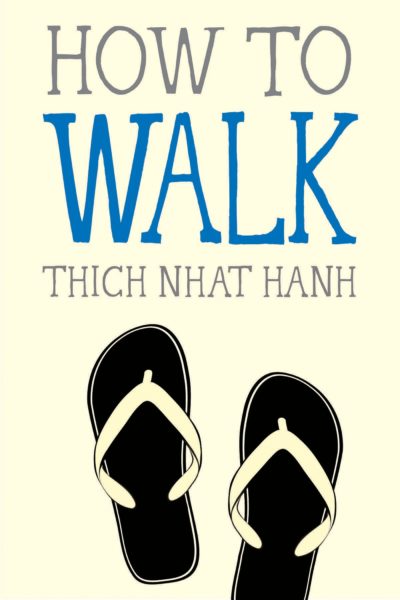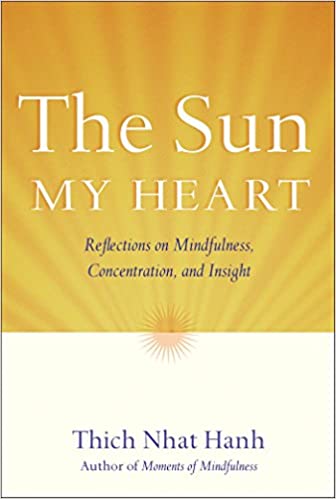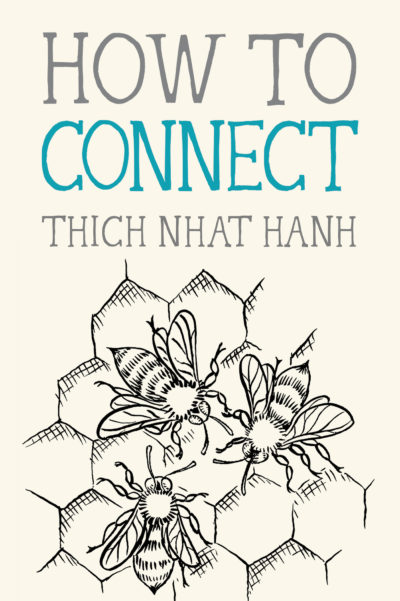Thich Nhat Hanh How To Books: How To Fight
Essential Mindfulness Guides for Everyday Awakening
"How To Fight" teaches us that the greatest victories come not from overpowering others but from transforming conflict into understanding and enemies into teachers. This guide shows us how to fight for justice and peace without becoming what we oppose.
In stock
In our search for wisdom and peace, we often look to complex teachings or distant retreats. Yet the most profound transformations happen in the simplest moments—when we learn to listen with our whole being, walk with awareness, or sit with stillness. These Thich Nhat Hanh How To books offer gentle doorways into the extraordinary ordinary, showing us that enlightenment blooms not in perfection, but in the rich soil of our daily lives.
The present moment is the only time over which we have dominion.
The seed of everything is in the present moment.
— Thich Nhat Hanh
“How To Fight” offers perhaps the most counterintuitive wisdom in the Thich Nhat Hanh best books collection, teaching us that the most powerful battles are fought not with weapons but with understanding and compassion. This book reveals that real strength comes not from defeating others but from transforming the anger and fear within ourselves. Through his experiences navigating war, exile, and conflict, Zen Master Thich Nhat Hanh developed revolutionary approaches to dealing with opposition and aggression. Online communities dealing with workplace conflicts, family tensions, and social justice work often discover that the “fighting” techniques in this book—rooted in deep listening and loving speech—create more lasting change than traditional confrontational approaches.
The Essence of Mindful Living – Teaching by Thich Nhat Hanh
The Plum Village Mindfulness Essentials series emerges from a profound understanding that spiritual practice must be accessible, practical, and woven into the fabric of daily life. These Thich Nhat Hanh books distill decades of wisdom into pocket-sized companions that fit easily in a purse, backpack, or beside table—always ready to offer guidance when we need it most.
Each book in this collection carries the essence of Zen Buddhism books without overwhelming terminology or complex concepts. Instead, they offer what Thay called “applied mindfulness”—simple, clear directions for bringing awakened awareness to activities we already do every day. Whether we’re sitting at a desk, walking to the store, or having a difficult conversation, these books provide gentle reminders that every moment offers an opportunity for practice.
The artistry of these books reflects their deeper message. Jason DeAntonis’s playful sumi-ink drawings dance across the pages, each stroke made with the same mindful attention that the books teach. The bold colors—a different highlight for each title—create visual anchors that help readers remember the teachings even when the book isn’t in hand. This isn’t accidental; it’s conscious design that supports the integration of mindfulness into daily life.
What makes these Thich Nhat Hanh best books particularly powerful is their foundation in lived experience. Every teaching comes from Thay’s own journey of practicing mindfulness through war, exile, building communities, and facing his own mortality. When he writes about listening, he draws from decades of holding space for others’ suffering. When he teaches about walking, he shares the wisdom gained from countless steps taken in meditation gardens and refugee camps alike.
The brevity of these books serves their purpose beautifully. In our culture of information overload, these slim volumes offer depth without overwhelm. Each book can be read in a single sitting, yet contains enough wisdom to inform a lifetime of practice. They’re designed to be returned to again and again, revealing new layers of meaning as our understanding deepens.
These books by Thich Nhat Hanh recognize that spiritual transformation often happens in tiny moments—the pause before responding to a challenging email, the conscious breath taken before entering a stressful meeting, the moment of gratitude felt while washing dishes. They honor the reality that most of us don’t have hours each day for formal meditation practice, but we all have moments throughout the day when we can choose awareness over autopilot.
The Plum Village teachings woven throughout these books reflect the understanding that individual healing serves collective healing. When we learn to listen deeply to ourselves, we become capable of listening to others with greater compassion. When we walk with awareness, we naturally treat the earth with more kindness. The books guide us toward what Thay called “engaged Buddhism”—a practice that transforms both practitioner and world.
Beyond the Book & Teaching: How To Apply in your Daily Life
The true test of any spiritual teaching lies not in how profound it sounds, but in how it transforms our daily experience. These Thich Nhat Hanh how to books bridge the gap between inspiration and application, offering concrete practices that can be implemented immediately.
Each book provides what we might call “micro-practices”—tiny moments of mindfulness that can be woven into existing routines without requiring major lifestyle changes. The genius of this approach is that it meets people where they are, rather than asking them to become someone different first. A parent juggling work and family doesn’t need to find an extra hour for meditation; they need to discover the meditation already available in their daily tasks.
You cannot grow the lotus on marble.
You have to grow it on the mud.
Without mud, there is no lotus.
— Thich Nhat Hanh
The listening practices go far beyond improving our relationships with others. They teach us to listen to our own bodies, noticing tension before it becomes chronic pain, recognizing hunger before it becomes a craving, feeling fatigue before it becomes exhaustion. This internal listening becomes a form of self-care that prevents many problems before they begin.
The emotional regulation techniques woven throughout these books provide alternatives to our habitual reactions. Instead of being swept away by anger or drowning in sadness, we learn to meet these energies with breath and awareness. This doesn’t mean suppressing emotions, but rather learning to hold them with the same tender attention we might offer a crying child. Thay once taught us “To do is just one of the things you can do, to be is another way of doing. If you can be relaxed, if you can be peaceful, if you can be compassionate, that is a lot of action already. To be peace first and to do peace later.” We invite you to watch his teaching “How to fight injustices without being consumed by anger” in the video at the end of this article.
“How To Fight” teaches us that the greatest victories come not from overpowering others but from transforming conflict into understanding and enemies into teachers. This guide shows us how to fight for justice and peace without becoming what we oppose.
Deepen your understanding of these teachings with our Essentials Mindfulness Series.
These pocket-sized wisdom books pair beautifully with our meditation cushions, creating a complete practice space for both sitting and reading.
Experience these teachings in community at our Plum Village retreat centers, where the wisdom in these books comes alive through shared practice and Dharma sharing.
